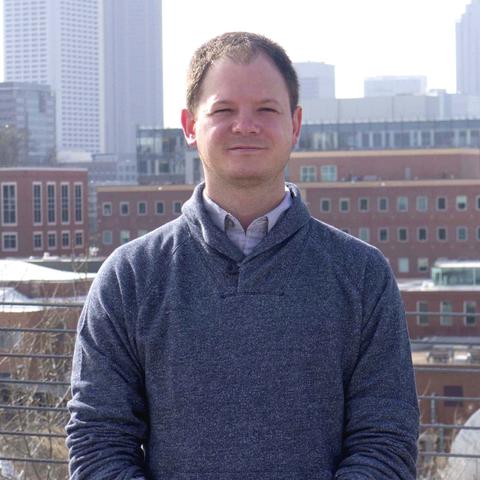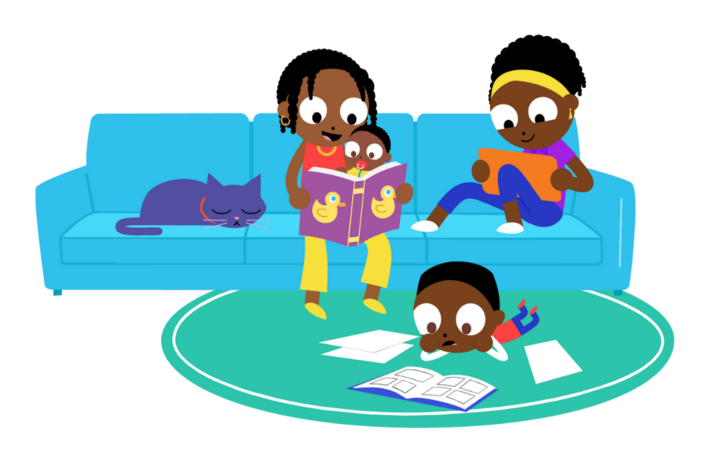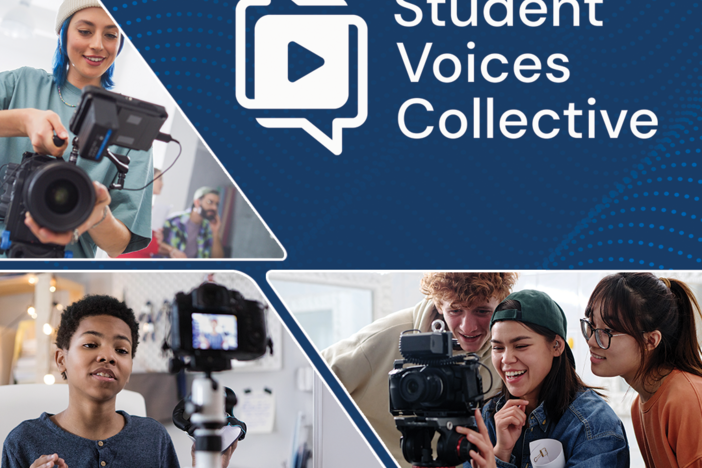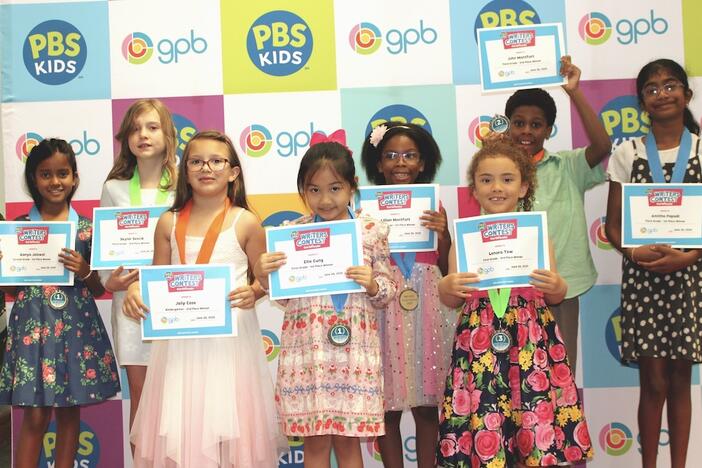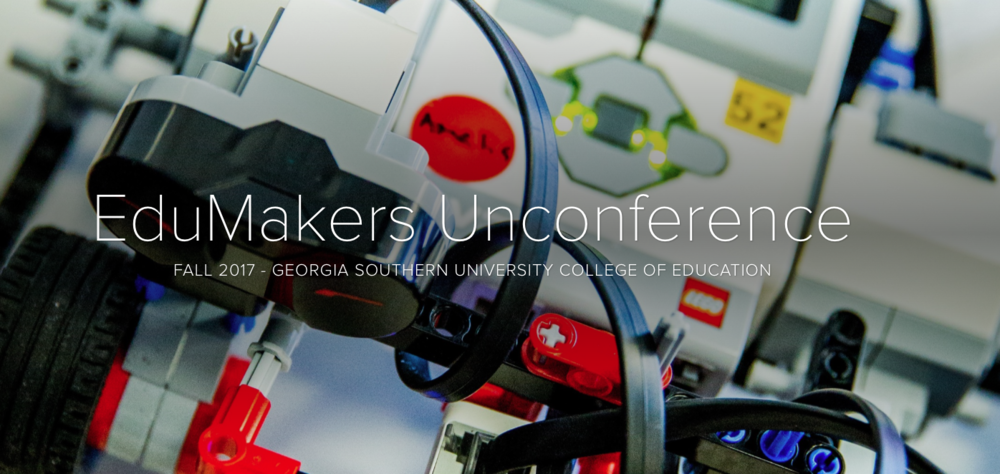
Section Branding
Header Content
What I Learned At Georgia Southern's Edumakers Conference
Primary Content

If you want to get a 3D printer into your school there are a myriad of options to make that happen, and some at little to no cost! The same is true for robots that students of all ages can program to begin learning to code. These are some of the amazing things I learned at Georgia Southern University's 1st Annual Edumakers Unconference October 7th at the College of Education. Professors, directors, administrators, and educators gathered for sessions covering organizing and funding makerspaces, virtual and augmented reality, 3D printing, coding, robotics, and more. Georgia Public Broadcast was delighted to be invited to present the maker-oriented resources free to all Georgia educators through our partnerships with Discovery Education and PBSLearningMedia.
Facilitating the event were educators from across the spectrum, including Assistant Professor Mete Akcaoglu who focuses on cognitive and motivational outcomes of game design for young children, Jeff Giddens, former classroom teacher, First District RESA specialist, and instructional technologist for Bulloch County Schools, Assistant Professor Shelli Casler-Failing who concentrates on mathematics integration and LEGO robotics technology, Professor Elizabeth Downs a researcher in technology integration in instruction, Assistant Professor Lucas Jensen whose focus is learning by game design, web 2.0 technologies, and music production, and Associate Professor Chuck Hodges who researches emerging technologies, instructional design, and learner motivation.
An activity from PBSLearningMedia, one of many to help students understand science and math in fun ways, presented by GPB.
Sessions were packed with giveaways, new ideas, and recommendations for affordable ways of integrating these exciting new methods into the classroom. GPB demonstrated how a simple "Glove-o-phone" made from paper towel rolls, a latex glove, and a straw can help students explore tone, pitch, and vibration. We closed with a Balloon Joust to explain propulsion. . . and to pop balloons. Because popping balloons is fun. The facilities were spectacular and we were all treated to a complimentary lunch in Georgia Southern's gorgeous dining hall. John Ramfjord of Annual Giving was in attendance to see to our every need!
Takeaways
- Getting students involved in 3D printing is easier than you might expect. There are countless options for purchasing affordable printers (be they additive manufacturers or laser cutters) and sites like donorschoose can help drive the initial costs down. Schools can even purchase refurbished or used parts and have students assemble them as a project for under $300. Instructables has free designs.
- Coding and Designing are simple and great ways to get kids engaged. Countless websites and companies have produced easy ways to build online models or allow students to learn to programme. Tinkercad, Sketchup, OpenSCAD, Blender, and Thingiverse offer software and models to get students started building in 3D for use in the real world. Coji, Sphero, and Chibitronics are great ways to get students programming are very affordable and fun. Scratch Jr. can teach even the youngest of learners to code. In COspaces students can build upon coding to create their own VR experiences.
- Women's prominence in maker education is growing exponentially. Stem Gems and SWENext promote women in STEM and engineering fields through education and programs. Girls Engineer It Day is coming to Savannah on November 18.
Interested in getting something started? Georgia Southern's Innovation Studio is here to help! The studio "strive[s] to foster a culture of innovation and prepare future leaders to learn, make, and play with cutting-edge technologies, while they seek solutions to real-world problems." They serve local communities as teachers and students in Georgia's schools as educator-consultants offering their expertise to districts. With everything we learned this time, we're looking forward to next year!
Sessions were packed with giveaways, new ideas, and recommendations for affordable ways of integrating these exciting new methods into the classroom.

